Yopokki, also known as Tteokbokki , is a traditional and popular Korean street food that has become a favorite snack around the world. Made from chewy rice cakes (tteok) simmered in a rich, spicy, and sweet sauce, Yopokki combines flavors that are both bold and comforting. This dish is often enjoyed by people of all ages and is a staple at Korean food markets, where vendors serve it hot and fresh, with a variety of toppings and add-ins like fish cakes, boiled eggs, and vegetables.
The main element that gives Yopokki its iconic taste is gochujang, a fermented Korean chili paste. This adds a spicy kick to the dish, balanced by the sweetness from sugar and the umami from soy sauce. The rice cakes themselves have a satisfying chewy texture that soaks up the sauce, making each bite irresistible. Whether served as a quick snack or a hearty meal, Yopokki is versatile and can be customized with different ingredients to suit individual preferences.
Making Yopokki at home is easy and allows you to adjust the spice levels and toppings to your liking. You can enjoy it with a simple side of pickled radish or even incorporate noodles for a more filling dish. The dish has gained global popularity for its flavor-packed profile and ease of preparation, making it a must-try for anyone interested in exploring Korean cuisine. If you love bold, spicy dishes, Yopokki is a perfect treat to indulge in and share with friends and family!
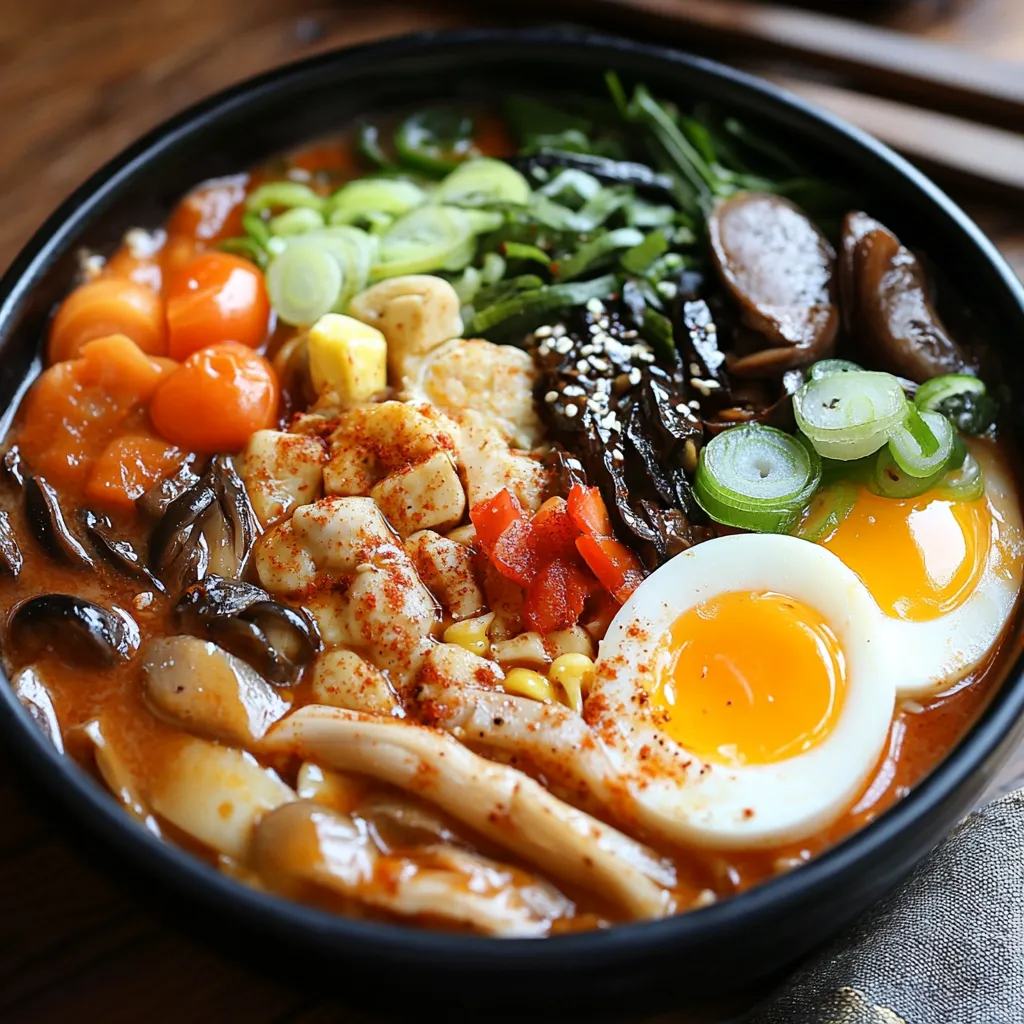
what is yopokki
Yopokki, also known as Tteokbokki (떡볶이), is a popular and beloved Korean street food made primarily of chewy rice cakes (tteok) served in a spicy, sweet, and savory sauce. The dish is often made with gochujang (Korean red chili paste), which provides a spicy kick, along with other ingredients like soy sauce, sugar, and sesame oil to balance the flavors. It’s typically served with fish cakes, boiled eggs, and sometimes vegetables, making it a hearty, flavorful snack or meal.
Yopokki is a comfort food that has become a staple in Korean cuisine and is frequently enjoyed as a quick snack or appetizer at food stalls and restaurants. Its chewy texture, combined with the spicy sauce, makes it irresistible to those who love bold flavors. The dish has grown in popularity beyond Korea, becoming a favorite in many other countries as well.
Often served piping hot, Yopokki is the ultimate indulgence for anyone craving a combination of sweet, savory, and spicy flavors. Whether you’re enjoying it on the streets of Seoul or making it at home, Yopokki is a perfect introduction to the world of Korean street food.
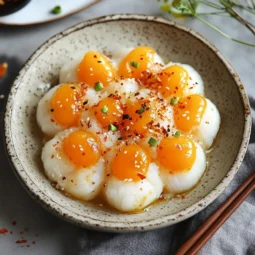
Yopokki (Korean Spicy Rice Cake)
Equipment
- Large frying pan or wok
- Wooden spoon or spatula
- Knife (for slicing fish cakes, vegetables, or optional toppings)
- Measuring cups and spoons
- Boiling pot (optional if you want to soak dried rice cakes)
Ingredients
- Tteok Rice cakes – 2 cups (fresh or soaked dried)
- Gochujang Korean chili paste – 2 tbsp (adjust to taste)
- Gochugaru Korean chili flakes – 1 tsp (optional)
- Soy sauce – 1 tbsp
- Sugar – 1 tbsp
- Garlic – 2 cloves minced
- Fish cakes – 1 cup sliced (optional)
- Water or broth – 2 cups
- Mozzarella cheese – 1 cup optional for cheesy Yopokki
- Boiled egg – 1 optional for garnish
- Green onions – 2 stalks chopped (for garnish)
- Sesame seeds – 1 tsp for garnish
- Sesame oil – 1 tsp optional
Instructions
- Prepare the Rice Cakes:If you're using dried rice cakes, soak them in warm water for 30–60 minutes. If you're using fresh rice cakes, no need to soak, just add directly to the sauce.
- Make the Sauce:In a large frying pan or wok, pour in 2 cups of water or broth and bring to a simmer.Add gochujang, soy sauce, sugar, and minced garlic to the simmering water. Stir until the sauce is well mixed and begins to thicken.
- Add the Rice Cakes and Fish Cakes:Once the sauce is thickened, add the rice cakes and fish cakes (if using) to the pan. Stir occasionally to make sure the rice cakes absorb the sauce.Simmer for 10–15 minutes until the rice cakes are soft and the sauce thickens further.
- Optional Cheese Addition:If you want a cheesy version, sprinkle shredded mozzarella cheese on top of the rice cakes and cover the pan. Let it cook for 2–3 minutes until the cheese is melted and bubbly.
- Final Touches:Once the Yopokki is cooked and cheesy, drizzle sesame oil over the top for an extra layer of flavor.Garnish with chopped green onions and sesame seeds for a fresh crunch.
- Serve:Serve the Yopokki hot with a boiled egg on top (optional). Enjoy the chewy, spicy, and savory delight!
Notes
How to Cook Yopokki (Tteokbokki)
Ingredients:
- 1 lb (450g) rice cakes (tteok)
- 1/2 cup fish cakes, sliced (optional)
- 1 boiled egg (optional)
- 2 tablespoons gochujang (Korean red chili paste)
- 1 tablespoon gochugaru (Korean red pepper flakes, optional for extra spice)
- 2 tablespoons sugar
- 2 tablespoons soy sauce
- 1 tablespoon sesame oil
- 1 teaspoon garlic, minced
- 2 cups water or broth (anchovy broth is traditional)
- 1 tablespoon sesame seeds (optional)
- 2 green onions, chopped (optional)
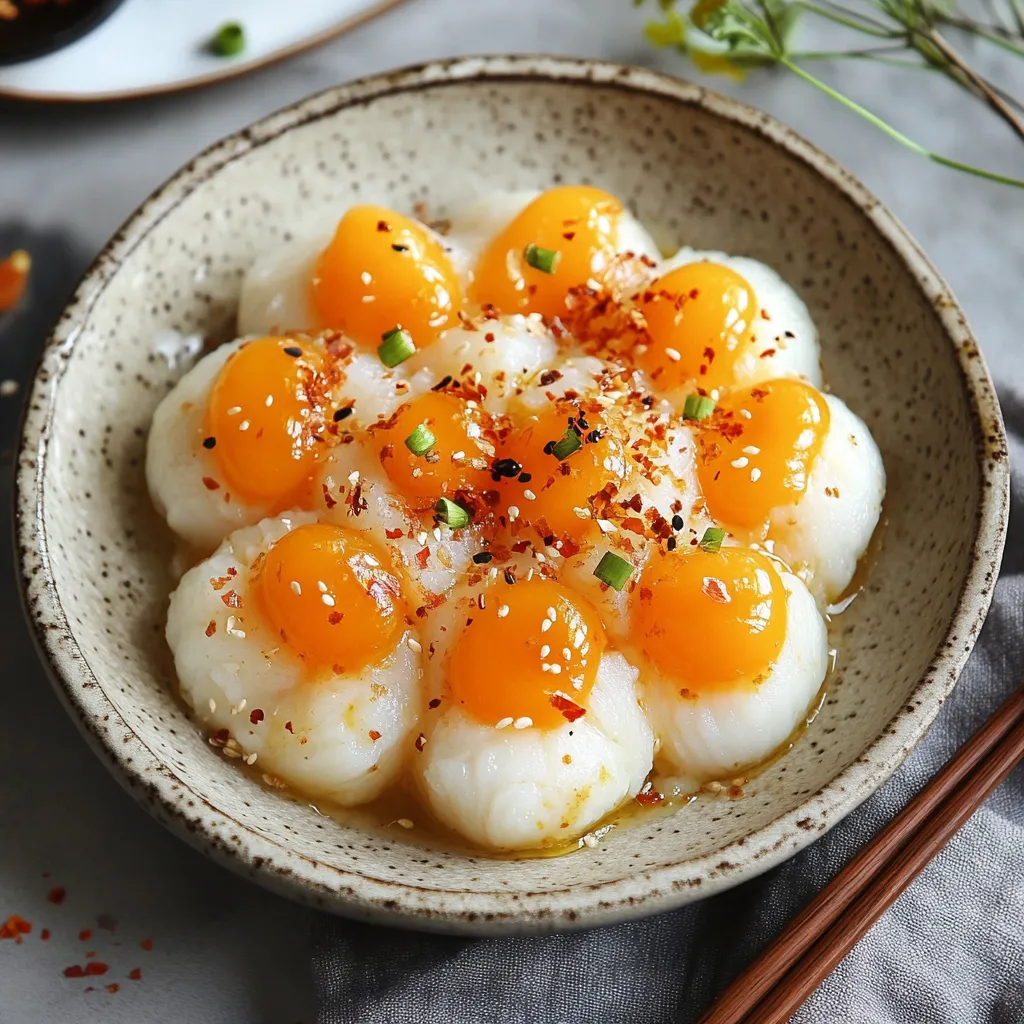
Instructions:
- Soak the Rice Cakes:
If you are using dried rice cakes, soak them in warm water for about 30-60 minutes until they soften. If you’re using fresh rice cakes, you can skip this step. - Prepare the Sauce:
In a large pan or skillet, pour in the water (or broth) and add gochujang, gochugaru (if you want more spice), soy sauce, sugar, sesame oil, and minced garlic. Stir well to combine the ingredients and bring the mixture to a simmer over medium heat. - Add the Rice Cakes:
Once the sauce is simmering, add the soaked rice cakes (or fresh rice cakes) to the pan. Stir to coat them with the sauce. Let the rice cakes cook for about 10-15 minutes, occasionally stirring to ensure they don’t stick to the pan. Cook until the rice cakes are tender and the sauce thickens. - Add Fish Cakes and Egg:
If you’re using fish cakes, add them to the pan and stir them into the sauce. If you’d like to add a boiled egg, peel it and add it to the pan about 5 minutes before the dish is finished cooking to allow it to absorb some of the sauce. - Garnish and Serve:
Once the rice cakes are soft and the sauce has thickened to your liking, remove from heat. Garnish with sesame seeds and chopped green onions if desired. Serve hot with a side of pickled radish or as-is.
Optional Variations:
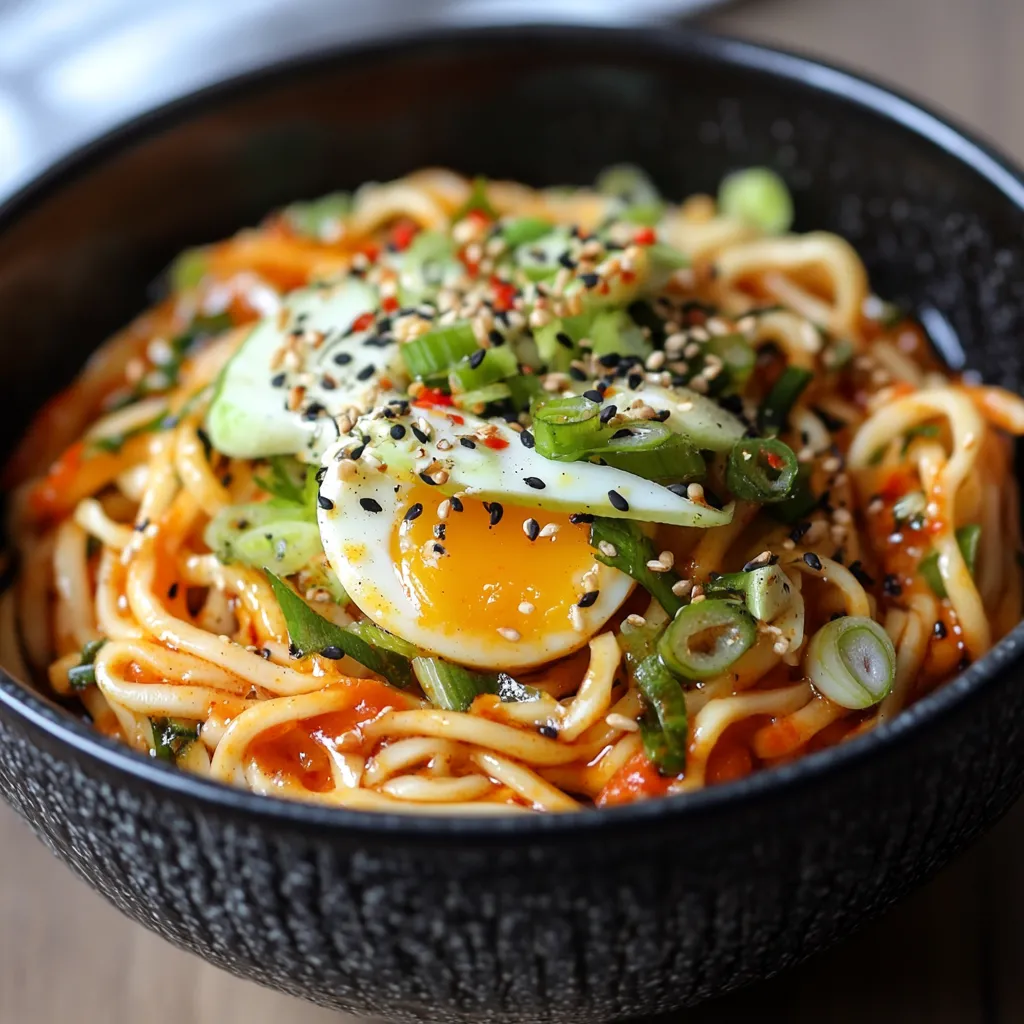
- Add vegetables: Try adding cabbage, onions, or carrots to make the dish more hearty.
- Add noodles: For an even more filling dish, you can mix in noodles (like ramyeon) during the last few minutes of cooking.
How to Make Yopokki Rice Cakes (Tteok)
Ingredients:
- 2 cups sweet rice flour (also called mochi flour or glutinous rice flour)
- 1/2 cup water
- 1/4 teaspoon salt
Instructions:
- Prepare the Dough:
- In a large mixing bowl, combine the sweet rice flour and salt. Gradually add water to the flour mixture, stirring until it forms a thick, sticky dough.
- Steam the Dough:
- Prepare a steamer by filling a pot with water and placing a steaming rack inside. Bring the water to a boil.
- Transfer the dough into a heatproof dish or a cheesecloth, and shape it into a rough log or a ball (it doesn’t need to be perfect).
- Place the dish with the dough in the steamer and steam for about 30-40 minutes, making sure to stir and turn the dough halfway through. This helps to ensure the dough cooks evenly.
- Shape the Rice Cakes:
- After steaming, remove the dough from the steamer and allow it to cool for a few minutes until it’s cool enough to handle.
- Once it’s cooled, knead the dough for a few minutes to make it smooth and pliable.
- Divide the dough into small pieces (about the size of a marble or slightly bigger).
- Roll each piece into a cylindrical shape, about 2-3 inches long, to form the signature tteok (rice cake) shape. If you want thinner rice cakes, you can roll the dough into long, thin logs and cut them into smaller pieces.
- Boil the Rice Cakes:
- Bring a large pot of water to a boil and add the rice cakes. Let them cook for about 5-7 minutes until they float to the surface. This indicates they are fully cooked.
- Drain the rice cakes and rinse them under cold water to stop the cooking process and to prevent them from sticking together.
- Use in Yopokki:
- Now your homemade rice cakes are ready to be used in your Yopokki (Tteokbokki)! You can add them to a spicy gochujang sauce, cook them in a stir-fry, or even freeze them for future use.
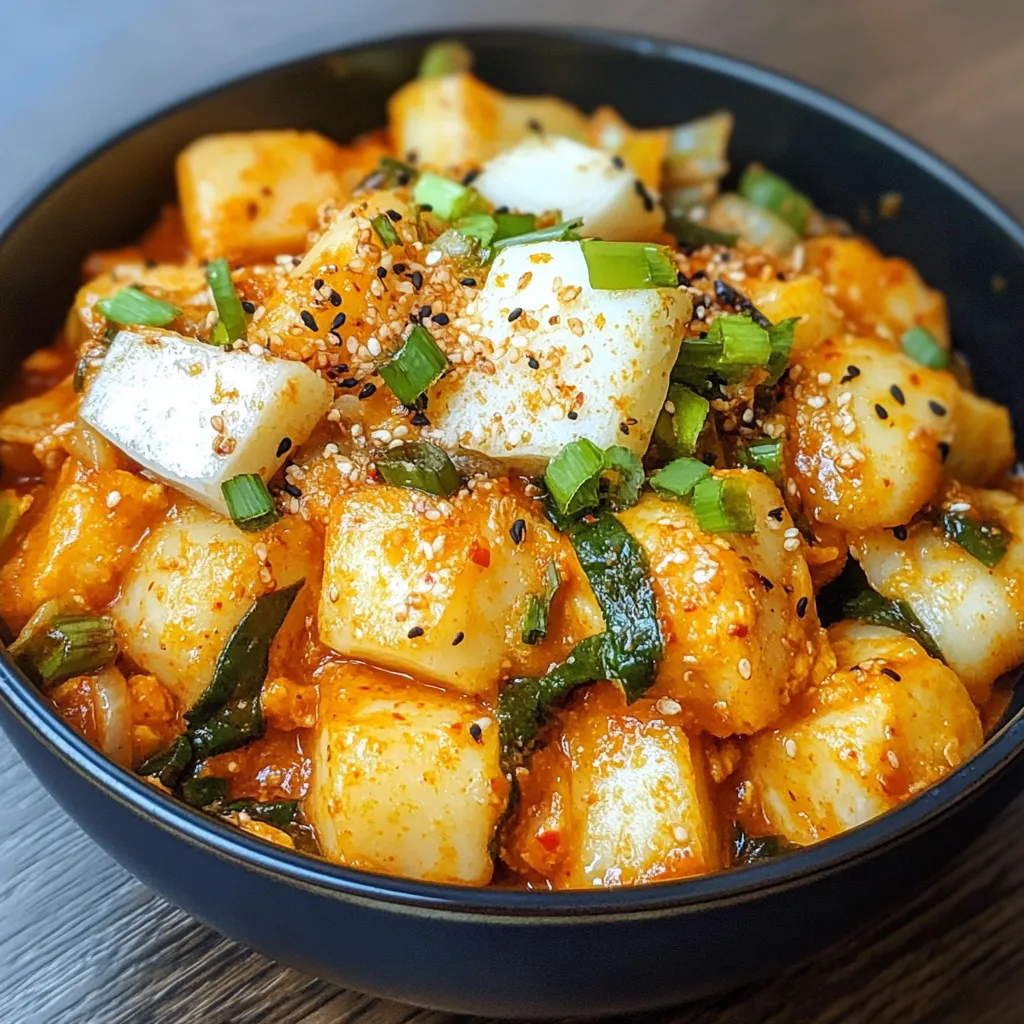
Optional Tips:
Texture: For chewier rice cakes, you can steam them a little longer. The dough should be thick and elastic to the touch.
Storage: If you have extra rice cakes, you can freeze them. To freeze, place the cooled rice cakes on a baking sheet in a single layer, then transfer to a freezer bag once they are frozen solid.
Top Tips for Perfecting Yopokki (Tteokbokki)
Ingredient Substitutions:
- Rice Cakes (Tteok):
- Traditional rice cakes are the star of Yopokki, but if you can’t find them, there are suitable substitutes:
- Mochi rice cakes: These provide a chewy texture, much like the traditional rice cakes. You can find them in most Asian markets.
- Udon noodles: For a different twist, you can use udon noodles, which will still provide that chewy texture, though the flavor will be slightly different.
- Substitute with gluten-free rice cakes: For gluten-sensitive individuals, there are rice cakes made from rice flour without wheat.
- Traditional rice cakes are the star of Yopokki, but if you can’t find them, there are suitable substitutes:
- Gochujang (Korean Chili Paste):
- Gochujang is essential for that deep, spicy flavor in Yopokki. However, if you can’t find it, try these alternatives:
- Sriracha sauce: For heat, combine with a spoonful of miso paste for the fermented umami flavor.
- Hot pepper paste: If you prefer a similar consistency, a hot pepper paste can work, but the taste will vary.
- DIY substitute: You can mix chili paste, soy sauce, sugar, and a dash of vinegar for a simple gochujang alternative.
- Gochujang is essential for that deep, spicy flavor in Yopokki. However, if you can’t find it, try these alternatives:
- Fish Cakes:
- Fish cakes are a traditional topping for Yopokki, but if you want to make a vegetarian or halal-friendly version:
- Tofu: Use firm tofu or silken tofu, cubed, for a soft, chewy texture that complements the rice cakes.
- Shiitake mushrooms: Slice these mushrooms thinly for a savory, meaty alternative.
- Vegetable protein: Consider using seitan or mock fish cakes for a more meat-like texture without animal products.
- Fish cakes are a traditional topping for Yopokki, but if you want to make a vegetarian or halal-friendly version:
- Sugar:
- Instead of regular sugar, you can use alternative sweeteners for different flavor profiles:
- Honey: Offers a floral sweetness and enhances the richness of the dish.
- Brown sugar: Gives a more caramelized sweetness, adding depth to the overall flavor.
- Maple syrup: Another natural alternative with a unique flavor twist.
- Instead of regular sugar, you can use alternative sweeteners for different flavor profiles:
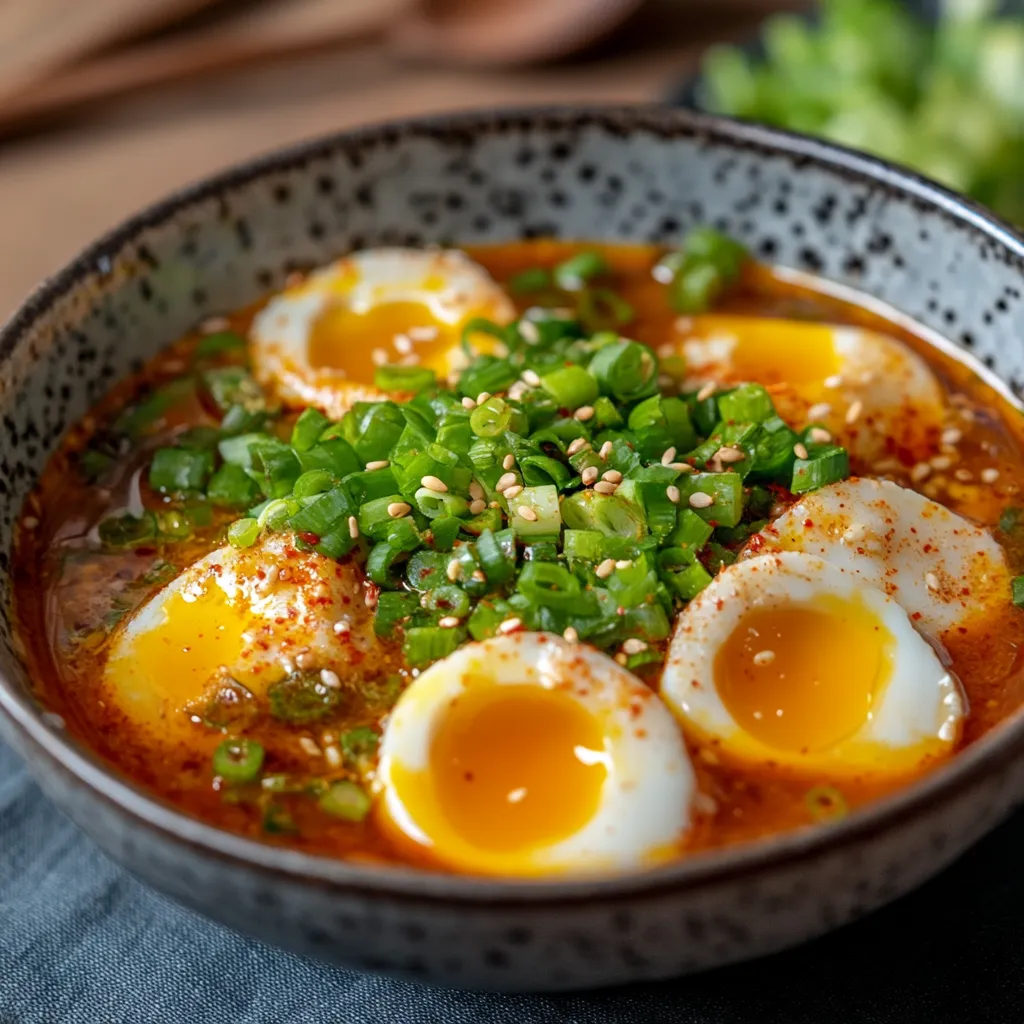
Timing Adjustments
- Soaking the Rice Cakes:
- If you’re using dried rice cakes, soaking them is crucial to ensure they soften before cooking.
- Traditional soak: Place the rice cakes in a bowl of warm water for at least 30-60 minutes. This will help rehydrate them, making them soft and chewy.
- Quick soak: If you’re in a rush, soaking them in hot water for about 20 minutes can speed up the process.
- No soak: If using fresh rice cakes, you don’t need to soak them—just cook them directly.
- If you’re using dried rice cakes, soaking them is crucial to ensure they soften before cooking.
- Simmering the Sauce:
- When simmering the gochujang-based sauce, be mindful of its consistency:
- Too thick? If your sauce is becoming too thick and sticky, you can always add more broth or water to adjust the texture.
- Too thin? If your sauce is too runny, continue to simmer it for a bit longer until it thickens to your desired consistency. Stir occasionally to prevent it from burning.
- When simmering the gochujang-based sauce, be mindful of its consistency:
- Cooking Time for Rice Cakes:
- The rice cakes should be cooked for about 10-15 minutes in the simmering sauce until they become tender and absorb the sauce’s flavors.
- For chewy rice cakes: 10 minutes is perfect.
- For softer rice cakes: You can cook for a little longer, but be careful not to overcook, or they may become mushy.
- The rice cakes should be cooked for about 10-15 minutes in the simmering sauce until they become tender and absorb the sauce’s flavors.
Common Mistakes to Avoid
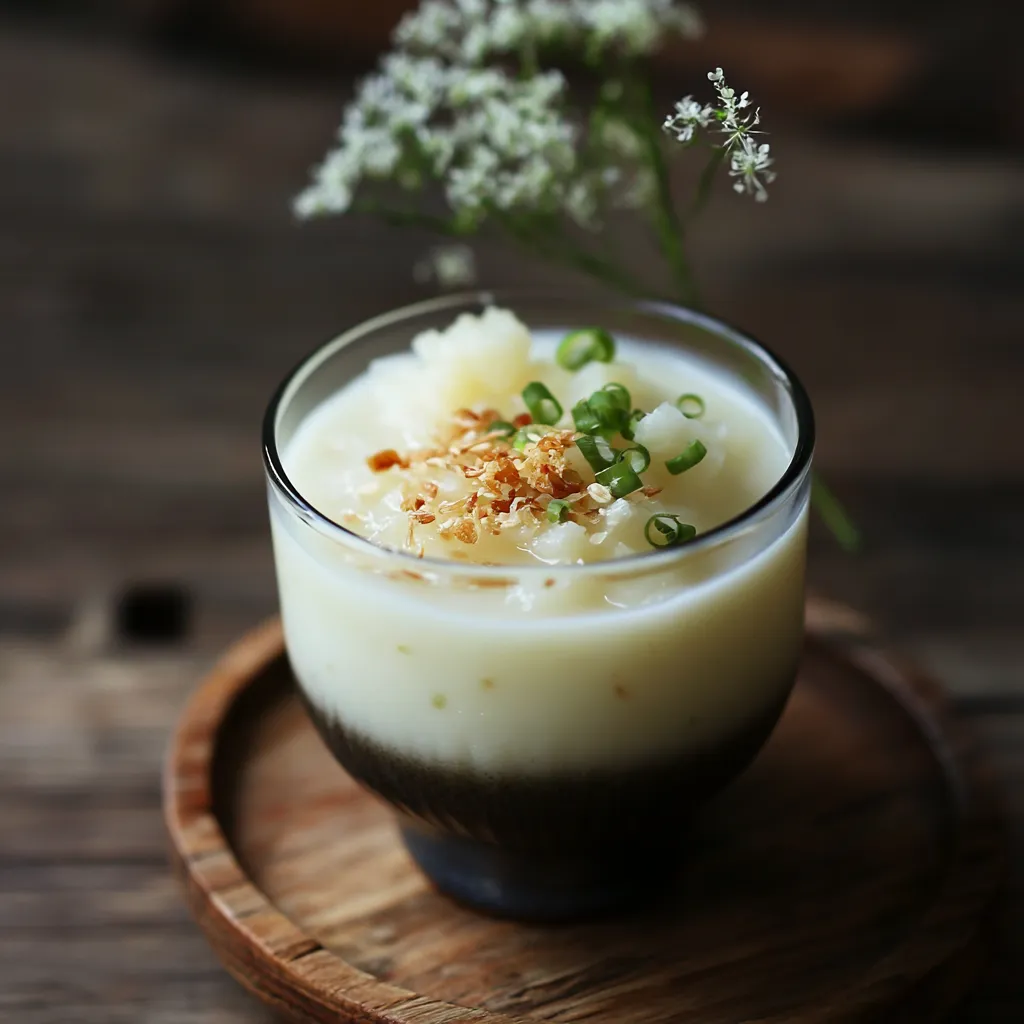
- Overcooking Rice Cakes:
- The rice cakes are meant to be chewy and tender. If you overcook them, they can turn too soft or even fall apart, losing that signature texture. Stick to the recommended cooking time and test the texture as you go.
- Tip: If you’re unsure, test a rice cake by pressing it gently—it should be firm but soft on the inside.
- Using Too Much Gochujang:
- Gochujang adds intense heat and flavor to the dish. Start by adding 1 to 2 tablespoons of gochujang to the sauce, and then taste it before adding more.
- Spicy for some? If you like your Yopokki spicier, you can gradually increase the amount of gochujang or add gochugaru (Korean chili flakes).
- Tip: Add a little at a time, as it’s easier to add more than to try and balance out the spice once it’s in.
- Gochujang adds intense heat and flavor to the dish. Start by adding 1 to 2 tablespoons of gochujang to the sauce, and then taste it before adding more.
- Not Stirring Frequently:
- Yopokki rice cakes need to be stirred occasionally to ensure they cook evenly and don’t stick to the pan. The sauce can also start to burn at the bottom if not stirred regularly, altering the flavor.
- Tip: Stir gently but frequently to prevent the rice cakes from sticking to the bottom of the pan.
- Ignoring Sauce Consistency:
- A common mistake is not adjusting the sauce consistency to match the texture of the rice cakes. If your sauce becomes too thick and difficult to mix, or if it’s too thin and watery, it will affect the dish’s overall flavor.
- Fix a thin sauce: Simmer it longer to reduce and thicken.
- Fix a thick sauce: Add a bit of water or broth, a tablespoon at a time, until you reach the desired consistency.
- A common mistake is not adjusting the sauce consistency to match the texture of the rice cakes. If your sauce becomes too thick and difficult to mix, or if it’s too thin and watery, it will affect the dish’s overall flavor.
Health Benefits of Yopokki (Tteokbokki)
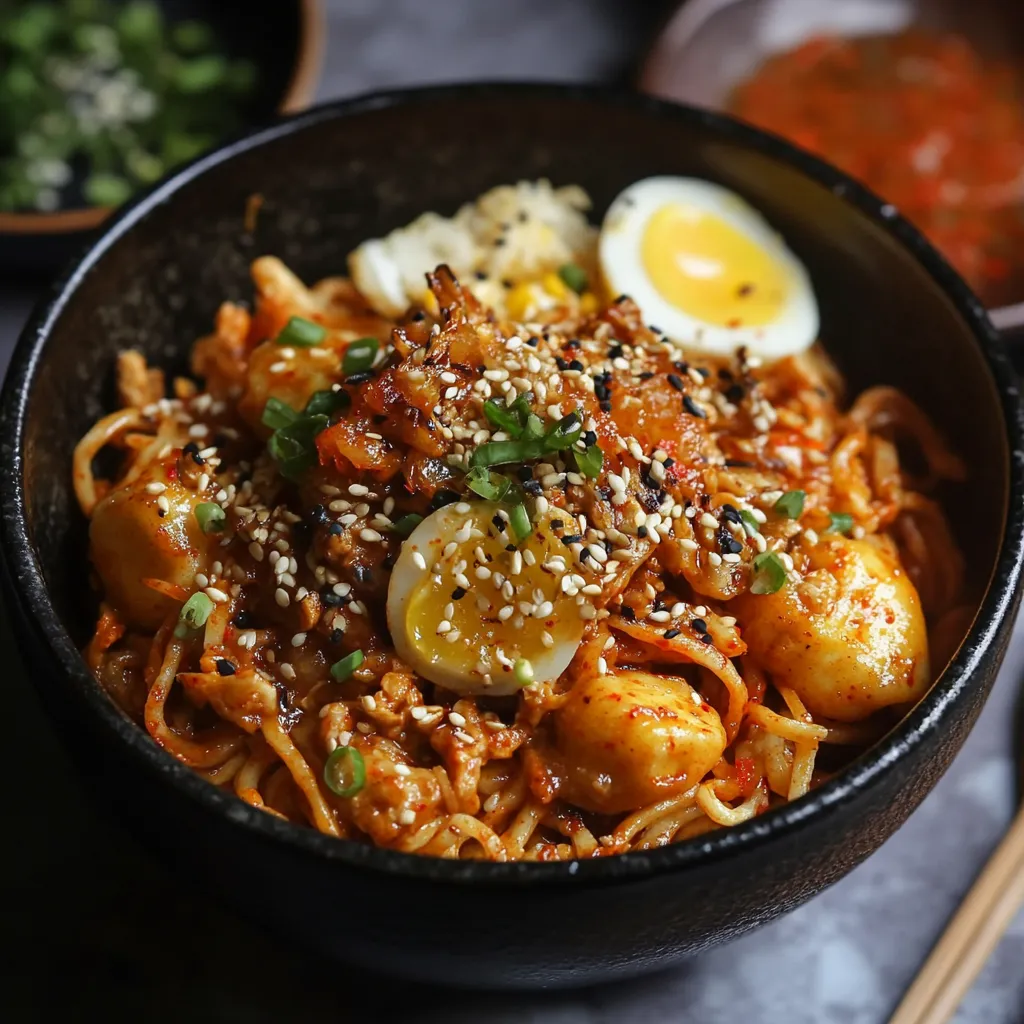
Yopokki, a delicious and comforting Korean dish, might not be the first food you think of when considering healthy meals, but with some mindful ingredient choices, it can offer several benefits. Here’s a look at how this dish can be good for you when made with nutritious ingredients.
Why These Ingredients Are Good for You
- Rice Cakes (Tteok):
- Energy Boosting: Rice cakes are primarily made from glutinous rice flour, which is a source of complex carbohydrates. These slow-digesting carbs provide a steady energy release, helping to keep you fuller for longer and maintaining stable blood sugar levels.
- Gluten-Free: For those who need to avoid gluten, rice cakes are naturally gluten-free, making them a safe option for individuals with celiac disease or gluten sensitivity.
- Gochujang (Korean Chili Paste):
- Rich in Capsaicin: Gochujang contains chili peppers, which are high in capsaicin. Capsaicin is known for its metabolism-boosting properties and may assist in weight management by promoting fat burning.
- Rich in Fermented Goodness: Gochujang is fermented, offering probiotics that can be beneficial for gut health. These probiotics promote healthy digestion, support immune function, and contribute to overall gut health.
- Fish Cakes (or Plant-Based Substitutes):
- High in Protein: If you include fish cakes (or tofu/mushrooms as a substitute), they provide a good source of protein. Protein is essential for muscle repair, immune function, and overall bodily processes.
- Omega-3 Fatty Acids: If you use fish cakes made from fatty fish like salmon, they’re rich in omega-3 fatty acids, which are beneficial for heart health, reducing inflammation, and improving brain function.
- Tofu Alternatives: If you’re opting for plant-based protein, tofu is an excellent choice. It’s a low-calorie source of protein and contains iron and calcium, which are essential for bone health.
- Green Onions (Spring Onions):
- Rich in Antioxidants: Green onions are high in vitamin C, which acts as an antioxidant to combat free radicals and reduce inflammation in the body.
- Digestive Health: Green onions contain fiber that aids in digestion, helping to prevent constipation and promote a healthy gut.
- Sesame Seeds:
- Healthy Fats: Sesame seeds are packed with healthy fats (monounsaturated and polyunsaturated), which support heart health, lower bad cholesterol (LDL), and improve skin health.
- Rich in Minerals: They are an excellent source of calcium, magnesium, and iron, which are important for maintaining strong bones, supporting muscle function, and promoting overall wellness.
- Boiled Eggs (Optional):
- Protein Powerhouse: Eggs are a fantastic source of high-quality protein, which is important for muscle growth, tissue repair, and immune system function.
- Vitamins & Minerals: Eggs are rich in vitamin B12, which is essential for brain health and energy production. They also contain selenium, which helps protect cells from oxidative stress.
where to buy yopokki
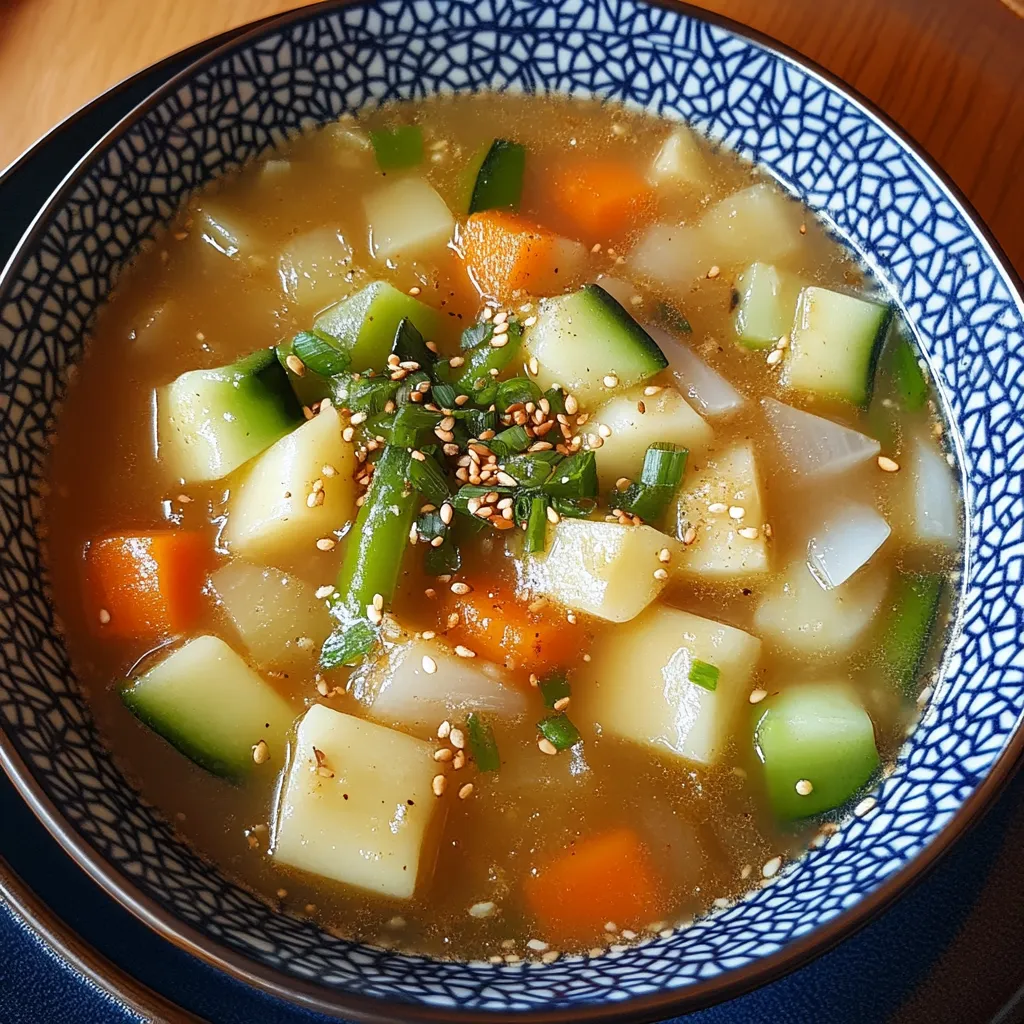
You can buy Yopokki (Tteokbokki) ingredients or pre-made kits at several places, both online and in physical stores. Here’s where to look:
1. Korean Supermarkets:
- Many Asian grocery stores carry the ingredients for making Yopokki, such as glutinous rice cakes (tteok), gochujang (Korean chili paste), fish cakes, and seasoning packets. Look for stores that specialize in Korean or broader Asian groceries.
- H Mart (U.S.)
- Lotte Mart (Global)
- Korean Food Market
- Assi Plaza
2. Online Stores:
- If you can’t find what you’re looking for in a local store, you can order from various online marketplaces:
- Amazon: Search for “Tteokbokki” or “Yopokki” kits to get the rice cakes, gochujang, and all the necessary ingredients.
- Korean Mall: This is an online marketplace dedicated to Korean products, offering a variety of Yopokki options.
- iHerb: For health-conscious options, some ingredients and sauces for making Yopokki can be found here.
- Korean grocery stores online: Websites like Gourmet Korea or Koreanfoodmart.com provide specific Yopokki products, from instant kits to rice cakes and sauces.
3. Specialty Stores:
- Some larger grocery chains with a diverse international section (like Walmart or Target) might stock instant Yopokki kits or the key ingredients in their international food aisles.
4. Korean Convenience Stores:
- In areas with a larger Korean community, convenience stores or smaller specialty shops might sell instant Yopokki cups, a quick and easy version of the dish.
5. International Markets:
- If you’re not near a dedicated Asian market, larger international markets may carry the necessary ingredients for making Yopokki, especially in major metropolitan areas.
By checking these places, you’ll likely be able to find either the ingredients to make Yopokki from scratch or instant Yopokki kits for a quicker, more convenient version!
what goes with yopokki
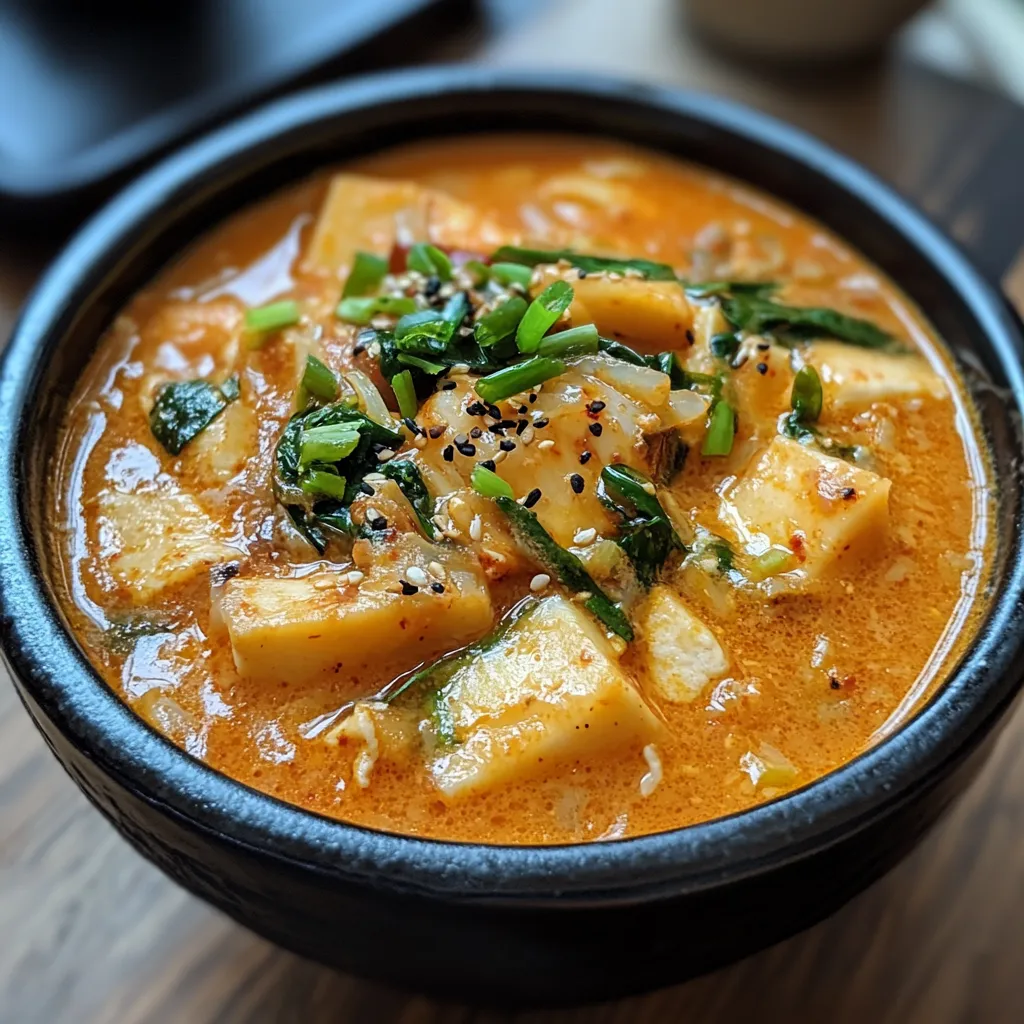
Yopokki (Tteokbokki) is a flavorful and satisfying dish on its own, but it can be paired with a variety of side dishes and accompaniments to enhance the overall meal experience. Here are some great options that go well with Yopokki:
1. Kimchi:
- Kimchi is a classic Korean side dish made from fermented vegetables, usually napa cabbage, with chili peppers, garlic, and ginger. Its spicy, tangy flavor pairs beautifully with the sweet and spicy taste of Yopokki, providing a refreshing contrast.
2. Korean Fried Chicken (KFC):
- Korean fried chicken is crispy on the outside and juicy on the inside. It’s often coated with a sweet, spicy sauce, which complements the flavors of Yopokki perfectly. The crunchy texture of the chicken pairs well with the chewy rice cakes.
3. Egg (Boiled or Soft-Cooked):
- A boiled egg (or a soft-boiled egg) is a common addition to Yopokki. It adds richness and protein, balancing out the spiciness of the dish with its mild, creamy texture. You can slice it and mix it with the rice cakes or simply enjoy it on the side.
4. Gimbap (Korean Sushi Rolls):
- Gimbap is a Korean dish similar to sushi, made with rice, vegetables, pickled radish, and sometimes meat wrapped in seaweed. The mild, savory taste of Gimbap pairs perfectly with the spicy and rich Yopokki, adding variety to the meal.
5. Korean Pancakes (Buchimgae/Pajeon):
- Buchimgae (Korean savory pancakes) are crispy and often made with vegetables, seafood, or meat. They provide a crunchy texture and earthy flavors that pair well with the spiciness of Yopokki. A common choice is Pajeon, a green onion pancake.
6. Pickled Vegetables:
- Pickled vegetables such as pickled radish or cucumber add a fresh, crunchy, and slightly sweet contrast to the spicy and chewy Yopokki. They help to cleanse the palate between bites.
7. Tofu:
- Grilled or sautéed tofu can be served as a protein-rich side to complement the rice cakes. It offers a soft texture that balances the spiciness of Yopokki, and you can even drizzle it with some soy sauce or sesame oil for extra flavor.
8. Hotteok (Sweet Korean Pancakes):
- Hotteok, a sweet Korean pancake filled with brown sugar, cinnamon, and nuts, is a perfect dessert to end the meal. It provides a warm, sugary treat that contrasts nicely with the savory, spicy Yopokki.
9. Kimchi Jeon (Kimchi Pancakes):
- Another type of pancake, Kimchi Jeon, is made by frying kimchi and batter together. This savory, spicy, and
10. Steamed Dumplings (Mandu):
- Mandu (Korean dumplings) are another popular Korean dish that can go well with Yopokki. They are filled with meat or vegetables, and their chewy texture makes them a great pairing with the rice cakes.
how to prepare instant yopokki
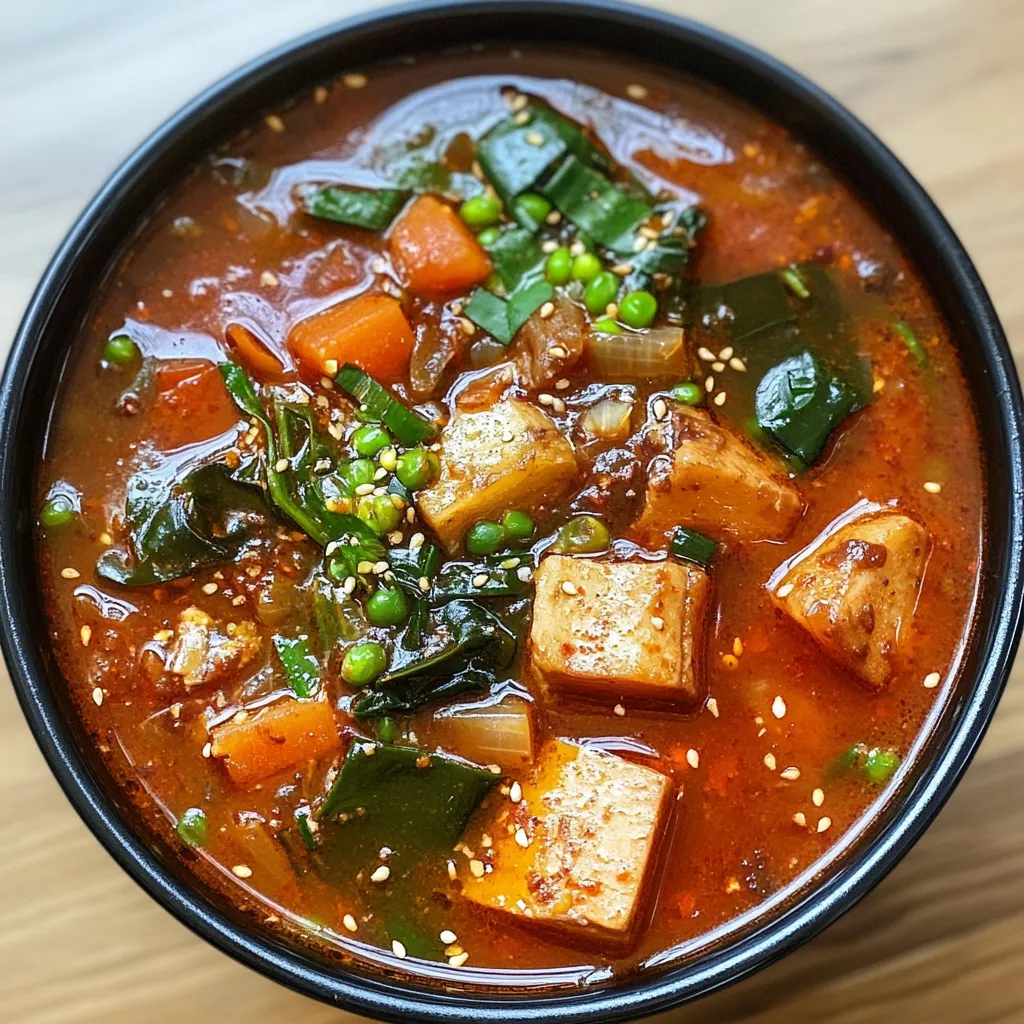
Preparing instant Yopokki is super easy and quick, making it a great choice when you’re craving something tasty but don’t have much time. Here’s how to prepare it:
Ingredients:
- Instant Yopokki Kit (usually includes rice cakes, sauce, and sometimes fish cakes)
- Water (as required by the instructions on the package)
Instructions:
- Open the Instant Yopokki Kit:
- Most instant Yopokki kits come with rice cakes, a packet of sauce (usually gochujang-based), and sometimes fish cakes or other optional ingredients. Open the kit and make sure you have everything you need.
- Boil the Rice Cakes:
- In a small pot or pan, bring 2 cups of water (or the amount specified on the package) to a boil.
- Add the rice cakes into the boiling water. If the kit includes fish cakes, add them now as well.
- Cook the Rice Cakes:
- Let the rice cakes cook in the boiling water for about 5–7 minutes, or until they become soft and chewy. Stir occasionally to make sure they don’t stick to the bottom of the pan.
- Add the Sauce:
- Once the rice cakes are soft, add the sauce packet (usually the gochujang-based sauce) into the pan.
- Stir everything together, ensuring that the sauce coats the rice cakes evenly.
- Simmer:
- Reduce the heat to medium-low and let everything simmer for an additional 3–5 minutes, or until the sauce thickens and the rice cakes have fully absorbed the flavors.
- Final Touches:
- If you like, you can add cheese at this stage. Sprinkle some shredded mozzarella cheese on top and cover the pan for 2–3 minutes to melt the cheese for a cheesy Yopokki experience.
- Optional Garnishes: Top with some green onions or a sprinkle of sesame seeds.
- Serve:
- Once the dish is ready, serve immediately while hot, and enjoy your instant Yopokki!
Tips:
- Customize the heat level: If you like it spicier, you can add some extra gochujang or chili flakes.
- Add protein or veggies: For added protein, you can include a boiled egg, tofu, or vegetables like onions or carrots.
Instant Yopokki is incredibly versatile and can be prepared in under 10 minutes, making it perfect for a quick snack or meal!
Conclusion
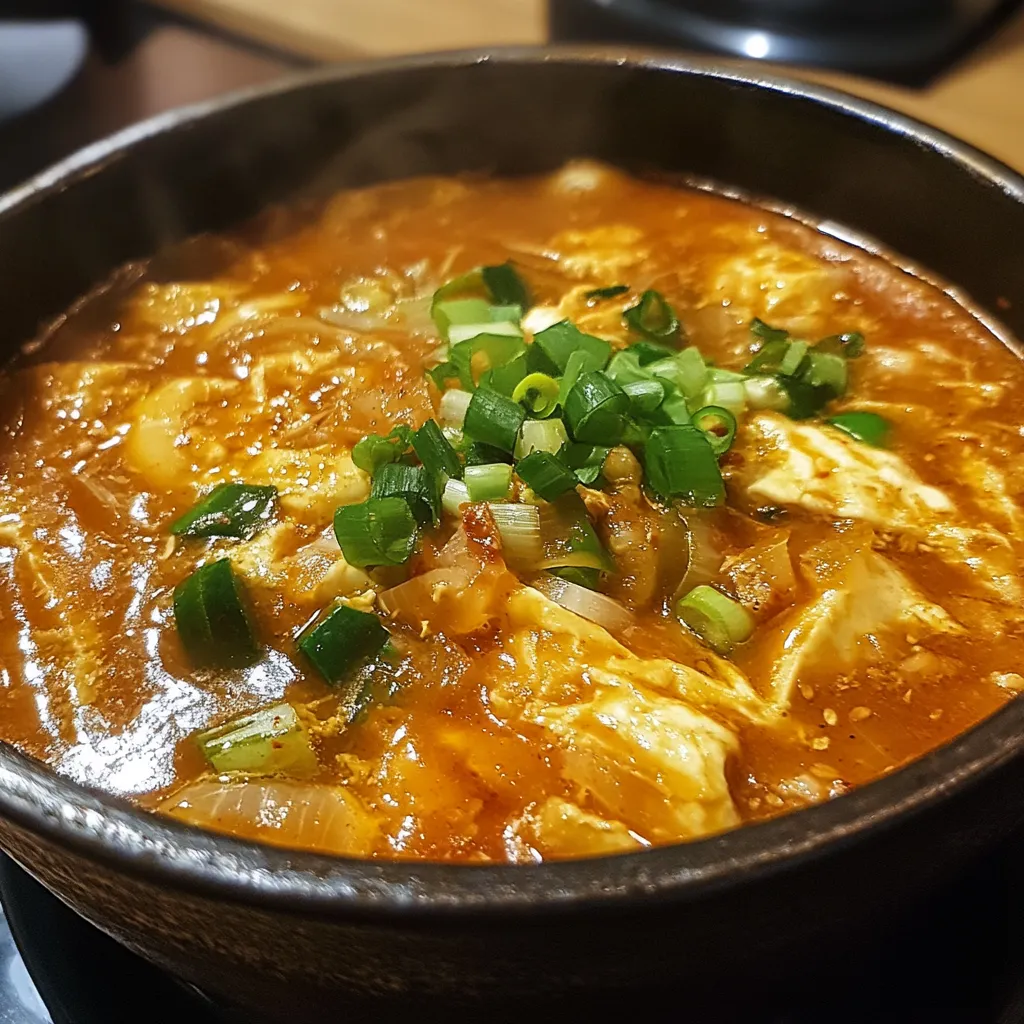
Yopokki (Tteokbokki) is a flavorful and satisfying dish that can be enjoyed in a variety of ways while offering several health benefits. With its chewy rice cakes, spicy gochujang sauce, and the addition of protein-rich fish cakes or plant-based alternatives, it provides a good mix of nutrients. The ingredients in Yopokki, such as green onions, sesame seeds, and optional boiled eggs, offer a range of vitamins, antioxidants, and healthy fats that contribute to better digestion, heart health, and overall well-being.
While traditionally enjoyed as a delicious street food, Yopokki can be customized to fit various dietary preferences, making it both a tasty and nutritious choice. By being mindful of ingredient substitutions and making thoughtful choices, you can enjoy this beloved Korean dish while reaping its health benefits. Whether you’re making it spicy, mild, or even vegetarian, Yopokki remains a versatile and comforting meal that can suit anyone’s taste while supporting a healthy lifestyle.
Frequently Asked Questions (FAQs) about Yopokki (Tteokbokki)
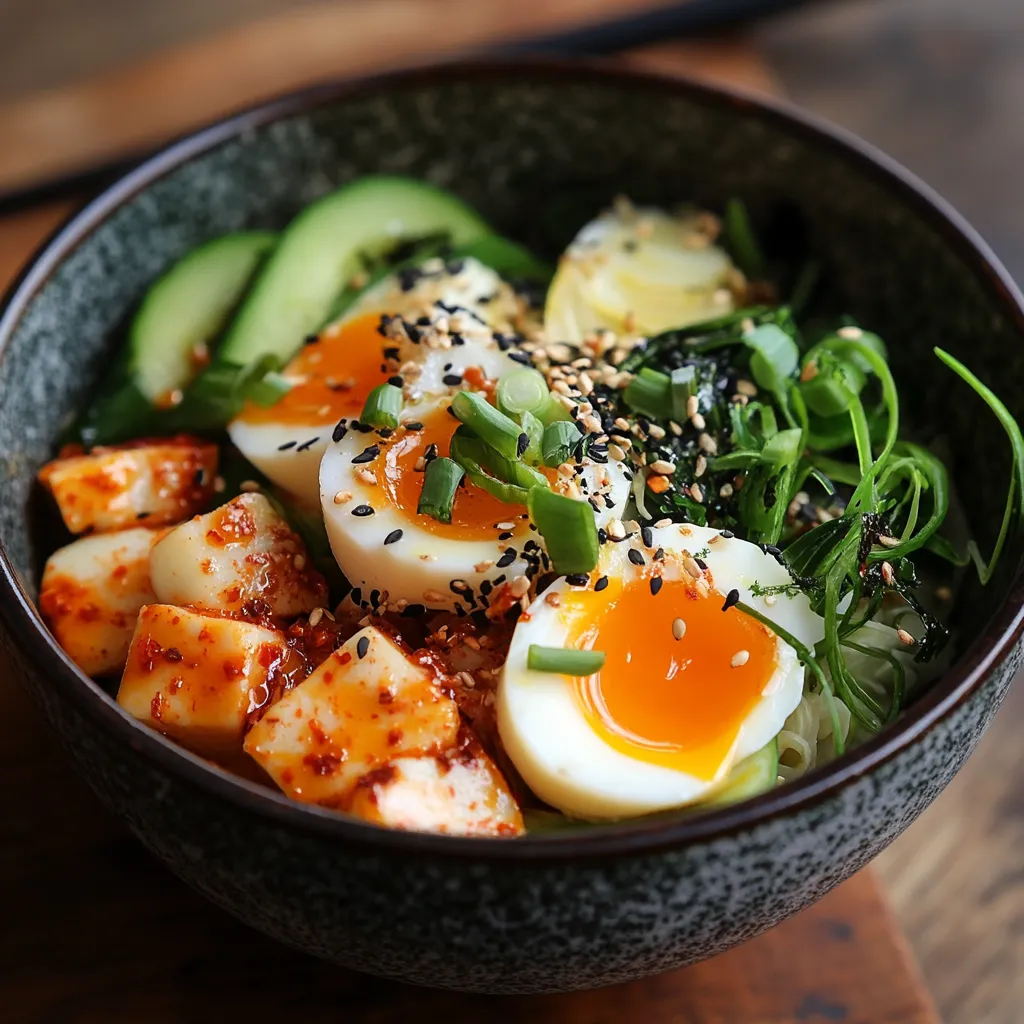
1. What is Yopokki?
Yopokki (Tteokbokki) is a popular Korean street food made primarily of chewy rice cakes (tteok) cooked in a spicy and savory sauce typically made from gochujang (Korean chili paste), soy sauce, and garlic. It is often served with ingredients like fish cakes, boiled eggs, and cheese in modern variations.
2. Is Yopokki spicy?
Yes, Yopokki can be quite spicy because of the gochujang (Korean chili paste) used in the sauce. However, you can adjust the spice level by adding less gochujang or opting for a milder version of the paste. Some recipes also add a little sugar or honey to balance the heat.
3. Can I make Yopokki vegetarian or vegan?
Absolutely! To make Yopokki vegetarian or vegan, simply substitute the fish cakes with tofu or vegetables like mushrooms, onions, or carrots. Additionally, ensure that the gochujang used is free from any animal products (some varieties may contain fish sauce).
4. How long does it take to cook Yopokki?
It typically takes around 15-20 minutes to cook homemade Yopokki, depending on the texture of the rice cakes and the cooking method. If you’re using an instant Yopokki kit, it can be prepared in 5-10 minutes.
5. How do I make the rice cakes soft and chewy?
If you’re using dried rice cakes, soak them in warm water for about 30-60 minutes to soften them before cooking. If you’re using fresh rice cakes, they don’t need to be soaked and can go straight into the sauce.
6. Can I add cheese to Yopokki?
Yes, cheese is a popular modern twist on Yopokki! You can add shredded mozzarella cheese (or any cheese you prefer) to the top of the dish for a creamy and melty texture. Simply add the cheese once the rice cakes are cooked, cover the pan for a few minutes to melt the cheese.
7. Where can I buy Yopokki?
You can buy Yopokki kits or the ingredients to make it at most Asian grocery stores that carry Korean products, such as H Mart, Lotte Mart, or Assi Plaza. You can also purchase it online from retailers like Amazon, Koreanfoodmart.com, or iHerb.
8. Is Yopokki a healthy dish?
While Yopokki can be indulgent due to its sauce, it can be made healthier by using less sugar and lower-sodium soy sauce. You can also add more vegetables or plant-based proteins like tofu. The dish offers a good balance of carbs from rice cakes, protein, and flavorful seasoning when prepared with nutritious ingredients.
9. What other side dishes go well with Yopokki?
Yopokki pairs well with a variety of Korean side dishes, such as:
- Kimchi (fermented spicy cabbage)
- Korean fried chicken
- Gimbap (Korean sushi rolls)
- Kimchi Jeon (Kimchi pancakes)
- Boiled eggs or Tofu
10. How can I make Yopokki less spicy?
To reduce the spice level of Yopokki:
- Use less gochujang or opt for a mild version of the chili paste.
- Add more sugar or honey to balance the heat.
- Skip the chili flakes or gochugaru if you’re sensitive to spice.
